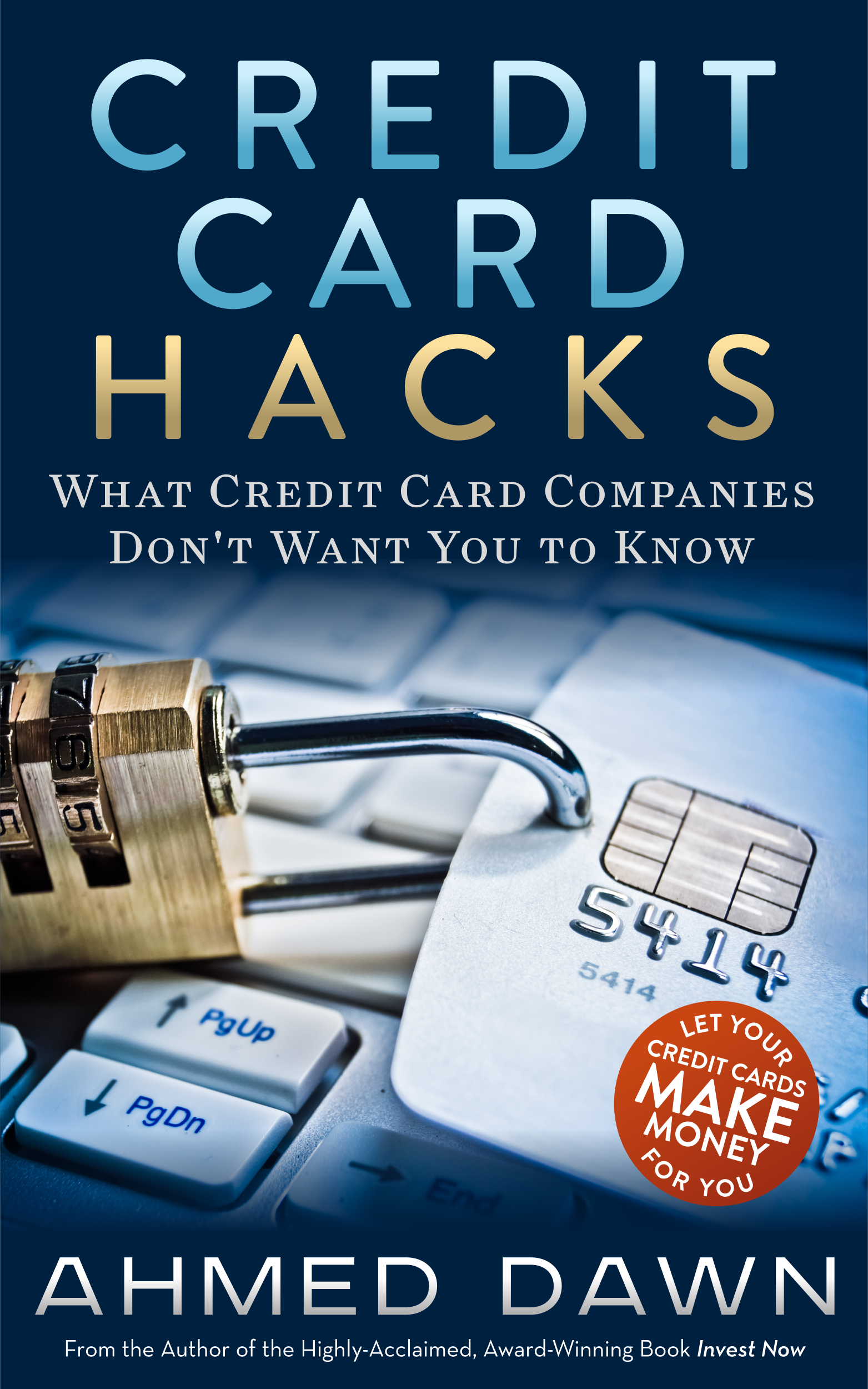What Are The Different Types Of GMT Watches? Caller GMT vs. Traveler GMT
/Caller GMT vs. Traveler GMT: Understanding the Differences
GMT watches are handy for tracking multiple time zones. Two popular types are Caller GMT and Traveler GMT. Let's break down how they work and who they're best for.
Caller GMT:
The Caller GMT watch is ideal for people who stay in one place but need to know the time in another location. It has a GMT hand that you can set to show the time in a different time zone. Meanwhile, the main hour hand stays fixed to your local time. This way, you can easily see the time in another part of the world without changing your local time. This is great for business professionals or anyone with friends or family abroad.
Traveler GMT:
The Traveler GMT watch is perfect for people who travel frequently. With this type of watch, you can adjust the main hour hand to the local time wherever you are, while the GMT hand continues to show the time in your home time zone. This makes it easy to switch between time zones without losing track of home time. It's especially useful for globetrotters and frequent flyers.
Key Differences:
The main difference between Caller GMT and Traveler GMT watches is how you adjust the hour hands. The Caller GMT keeps the local time fixed and adjusts the GMT hand for the second time zone. The Traveler GMT lets you adjust the main hour hand for local time, making it easier for frequent travelers.
In summary, choose a Caller GMT if you need to keep track of another time zone while staying in one place. Opt for a Traveler GMT if you travel often and need to adjust your local time frequently.








